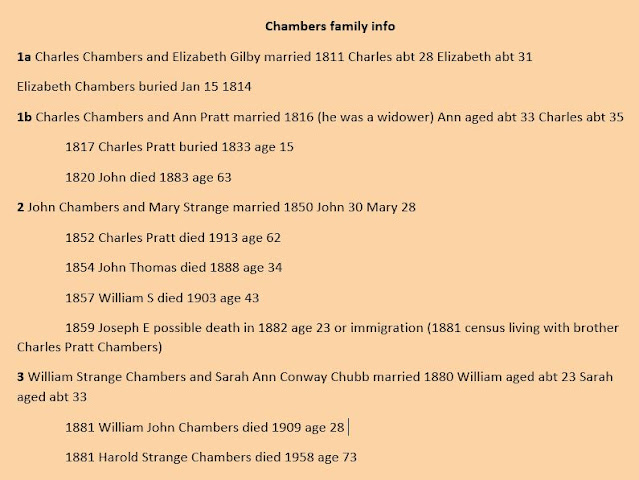When I first started to do family history research, I eagerly attended classes and conferences furthering my education. It was so interesting and new. At that time, I hoped to master the techniques being taught and to gradually be done with learning about my new endeavour. That was over 30 years ago. I still continue to learn.
Little did I know that things would change quickly when the internet took off. The genealogical community adapted as each new opportunity came along. For a pastime which is rooted in the past, genealogy is surprisingly ready to adapt to new technology and ideas. Its practitioners aren't tied to doing things the way they have been done throughout history.
Proof of this can be found in the growth in the area of genetic genealogy. The use of DNA in family history research is one that I always want to find out more about. Something tells me that I should actually do some hands-on work with the information I already have. Maybe that would be better than signing up for the next webinar on the subject. Those webinars make it look easy but somehow, they don't make as much sense when confronted with my own matches.
Now that everything has moved online, it's so easy to sign up for even more webinars and conferences. I was trawling through the latest offerings this morning when the blank screen for this blog post had been staring at me for too long. My picks are complicated by the fact that I'm a writer as well as a family historian. That means literary festivals and writers conferences are added to the mix. Fortunately, the literary event I bought tickets for doesn't interfere with the Ontario Ancestors conference in June which I was looking at. That conference does occur at the same time as a BCGS virtual seminar I signed up for though. I'll have to juggle something to fit them both in.
That's the trouble with everything being available with the click of a mouse. The fact that everything is available. It's hard to pick and choose when travel and distance aren't a part of the equation. Now we can have it all, or near as, I feel that my attention is scattered. Attending an event in person gives my thoughts focus. I miss that.




